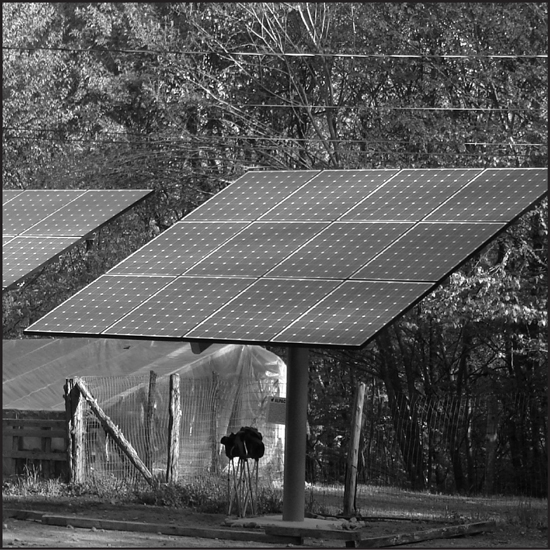Copyright 2011 Norman A. Nadeau
All rights reserved. No part of this book may be reproduced, stored in a retrieval system, or transmitted, in any form or by any means, electronic or otherwise, without written permission from the Publisher.
Hatherleigh Press is committed to preserving and protecting the natural resources of the Earth. Environmentally responsible and sustainable practices are embraced within the companys mission statement.
Hatherleigh Press is a member of the Publishers Earth Alliance, committed to preserving and protecting the natural resources of the planet while developing a sustainable business model for the book publishing industry.
Library of Congress Cataloging-in-Publication Data is available upon request.
eISBN: 978-1-57826-434-6
This book is intended to give general information only; the publishers expressly disclaim all liability to any person, arising directly or indirectly from the use of, or for any errors or emissions, in the information in this book. The adoption or application of the information in this book is at the readers discretion and is his or her sole responsibility.
Edited by Wayne A. English
Cover Design by Melanie Garmon
Layout by Charles Fowler
Photography by Paul Nash Photography

v3.1
Dedication
I dedicate this book to my dear wife and lifelong friend, Cara, and to my son, Alex, for supporting me through the long hours I put into the study and applications of sustainability and environmental science. To my father and mother who raised me on engines, transistors, capacitors, motors, and electronics.
Contents
Vision Statement
This is part of the vision statement that I presented at the Leadership In Life Institute (LILI).
 To interact with humanity by providing services and products to consumers in need, and to provide expert advice and consultation on todays current energy resources.
To interact with humanity by providing services and products to consumers in need, and to provide expert advice and consultation on todays current energy resources.
 To show all of humanity how viable and obtainable elements around us are for renewable energy resource management and how to better manage our global energy resources.
To show all of humanity how viable and obtainable elements around us are for renewable energy resource management and how to better manage our global energy resources.
 To show how to use elements around us more meaningfully, and be less dependent on fossil fuel resources which contribute to global climate change and warming of our planet, thus changing the environment around us.
To show how to use elements around us more meaningfully, and be less dependent on fossil fuel resources which contribute to global climate change and warming of our planet, thus changing the environment around us.
 To help develop anti-intermittent renewable energy processes.
To help develop anti-intermittent renewable energy processes.
 To help, mentor, and educate people and businesses by showing them how to implement renewable energy devices and controls.
To help, mentor, and educate people and businesses by showing them how to implement renewable energy devices and controls.
 To form a company, or co-operative, that educates, conducts energy audits and site surveys, and implements, installs, and monitors renewable energy systems. This company will be formed by government and small business initiatives using funds from private sources, grants, and for-profit, and non-profit entities.
To form a company, or co-operative, that educates, conducts energy audits and site surveys, and implements, installs, and monitors renewable energy systems. This company will be formed by government and small business initiatives using funds from private sources, grants, and for-profit, and non-profit entities.
 Lastly, to provide on-site and mobile demonstration models for public education of renewable energy technologies and how they may be implemented.
Lastly, to provide on-site and mobile demonstration models for public education of renewable energy technologies and how they may be implemented.
Illustration by C. Fowler
Acknowledgments
This book took three months to write, pre-edit, edit, and put all the photographs together. It had taken 13 years of studies and smart labor to compile all this data and completion of projects. We would like to thank the following people for their dedication and contributions, without which this book could not have been created.
My family membersCara, Alex, Omi, Jack, and Arbus, who were patient with me, once again, sharing with me the time-consuming process of creating a book. Thanks again for giving the space, time, and emotional support needed to follow my passion. I would like to thank Charles Fowler for the endless hours of graphics work reconstructing my handwritten schematics of integration and inventions.
Wayne English, who edited my manuscript and coached me through the first edition. Wayne put in lots of time, effort, and good advice. To Paul Nash Photography, who made a leap of faith to shoot still photography for my project which came out great.
Kathleen Keegan, who is my public relations manager and has coached me through to the next stage of public speaking and helped me market these books and make future appearances. Melanie Garmon, who created the cover art, oh so patiently, and gave me wonderful advice to guide me in publishing this book. Melanie was a great help. She directed me towards self-publishing and getting the book right from the outside in. Bob Gould, who helped out with the hydrogen hybrid cars, which we had lots of fun with. Pace.org has been a part of this project, and I want to give thanks to Judi Freedman. 350.org has also been a supporter of Project FEEDS.
Foreword
Earth, the Beginning Frontier
Now we must live with what we have and preserve the future of humankind, to sustain our energy future and the resources around us. Mankind has commercialized our use of resources for 2,000 years. For the last 100 years we have used petroleum resources which pollute the Earth and may permanently damage it unless we, as sophisticated animal organisms, reverse the pollution in our air (or rising carbon monoxide, also known as CO2). Things are heating up here on planet Earth. Humans call it global warming. We must be symbiotic with planet Earth and its rich resources, especially renewable and natural resources.
Preface
The book of Genesis says that in the beginning God created the heavens and the Earth. Then the Lord God planted the Garden of Eden, and placed Man in the Garden to cultivate and care for it. God looked at everything he had made, and found it very good.
Let this be the guidance for humans to preserve all resources we are given here and to sustain our quality of life with abundance. Unfortunately, our human race has long polluted our environment. We have been given the privilege to have and hold everything around us, but we have become wasteful and greedy. Now we want to clean it up. Humans have made the wrong energy choices over a span of 150 years or more. There has been more pollution, waste, and human accidents which have inadvertently harmed the Earth and wronged our own race. These choices have almost annihilated our chance for giving our future generations energy sustainability and food. Dont forget peace, water, and anything else needed for humans to begin finding the next Earth and/or the next frontier. We hope that humans can exist for another 1,000 years or more, but this can happen only if we are wise in making energy choices that are renewable and selecting food sources that can be reproduced and sustained. Scientists say the Earth is only able to hold around four billion people, yet now there are seven billion. One billion humans will be affected by global warming in the future, and many will die, unfortunately, during migrations while trying to seek a new way of life.


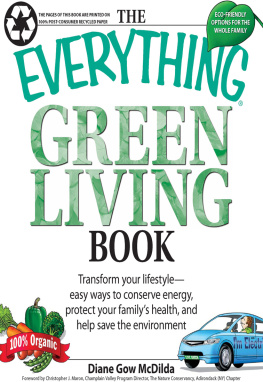

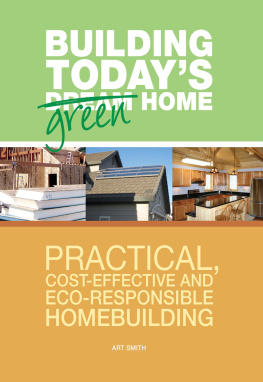
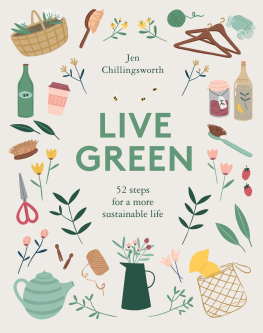

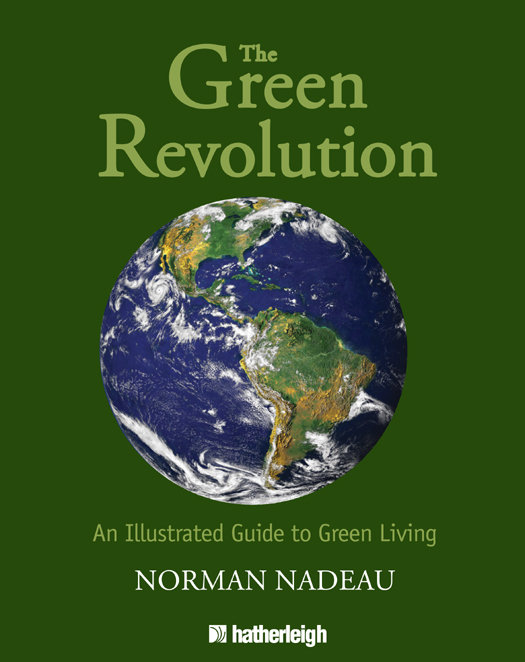
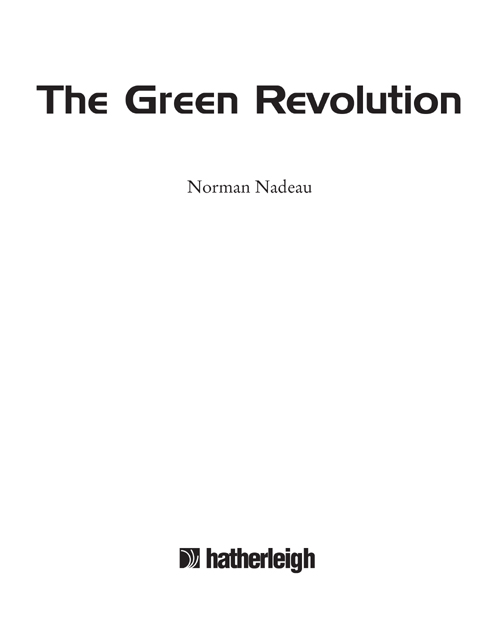

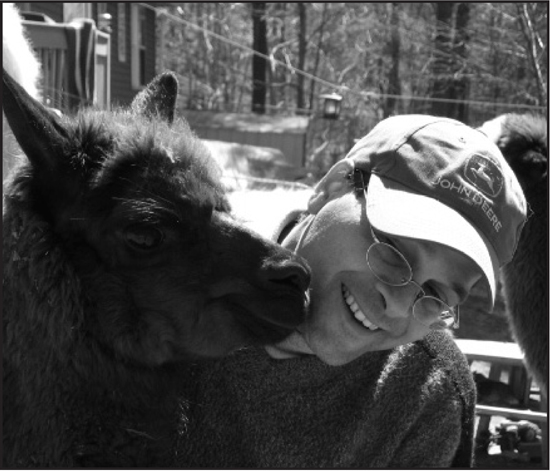
 To interact with humanity by providing services and products to consumers in need, and to provide expert advice and consultation on todays current energy resources.
To interact with humanity by providing services and products to consumers in need, and to provide expert advice and consultation on todays current energy resources.
